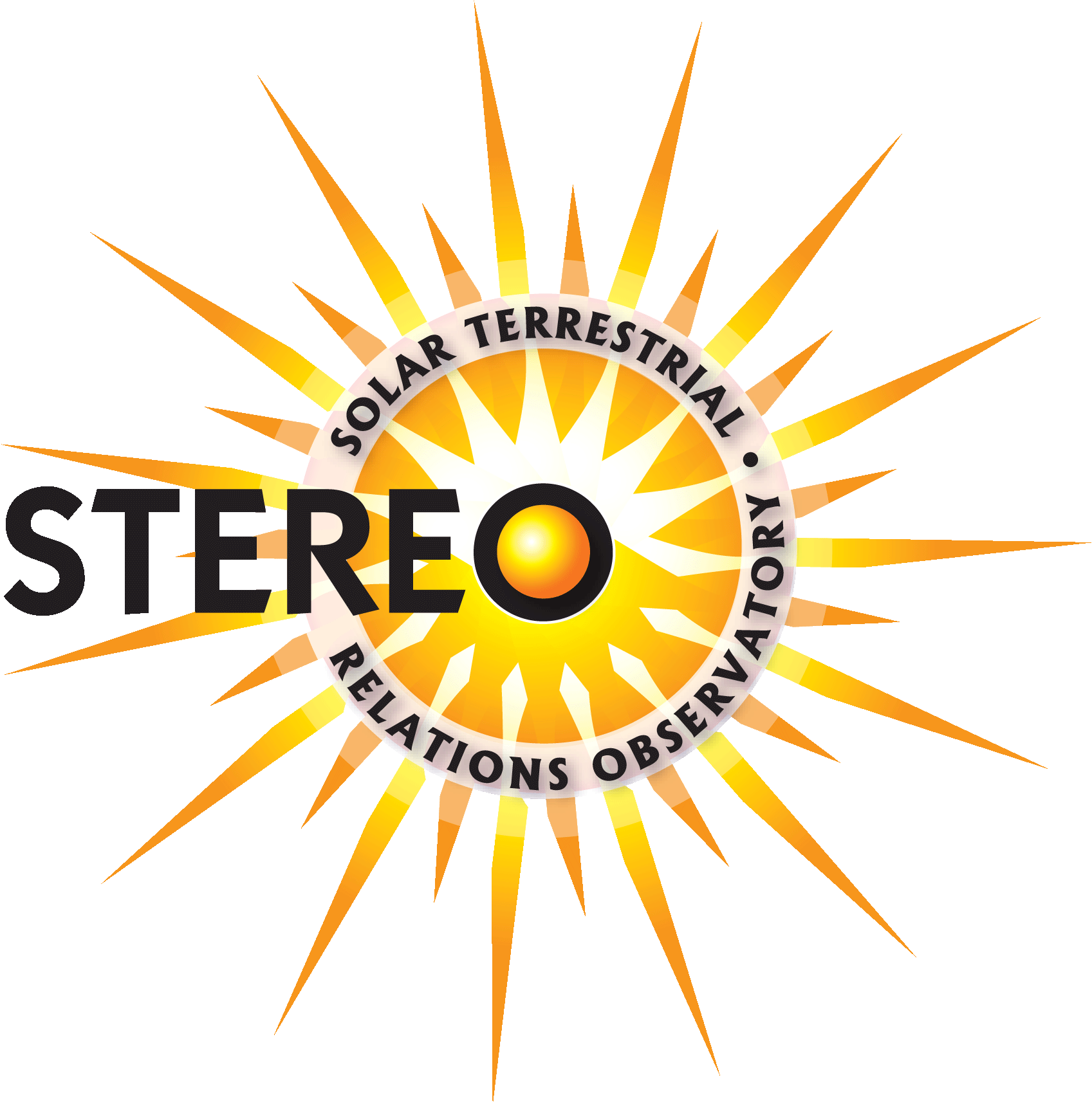Building an Open Source Ecosystem in a Golden Age of Solar Physics
DOEPy Python Exchange / 27 March 2024
Will Barnes
American University / NASA Goddard Space Flight Center
What is solar physics?
Image Credit: NASA APOD/Reinhold Wittich
Mg II h / IRIS Instrument Team
What does a solar physicist do?
- Ask a “physics” question
- Identify an event of interest
- Combine data to answer a question
- Search for data
- Download data
- Ingest the data
- Transform the data
- Analyze the data
- Publish a paper
- Profit
Challenges
- Data are spread across many different providers
- Data are often large
- Data are often very heterogeneous
- Data and metadata must be held together
- Complex coordinate systems
Solution
A Brief History of Software in Solar Physics
- Historically, nearly all software in IDL
- SolarSoftware (SSW)–solar physicist’s toolbox
- Pros:
- Scripting language–low barrier to entry
- Freely available
- Centrally distributed
- Everything you need in one place
- Cons:
- Proprietary language, license fees
- Development is not coordinated
- No tests or documentation
- No clear path to contribute

sunpy: Solar Data Analysis in Python
- Began in March of 2011 at NASA GSFC
- Frustration with licensing fees, fragility of SSW
- Early attempts using GDL\(\to\)Python
- v0.1 released 9/2011
- v1.0 in 6/2019-paper currently has >200 citations
- Some early skepticism due to heritage of IDL/SSW
- Now the default choice, especially for ECRs
- Open-source and openly developed–by the community, for the community
- Built on SciPy ecosystem, especially
astropy


sunpy: Solar Data Analysis in Python
The SunPy Project
Describe a software ecosystem (an informal survey)
- “A set of software that can be installed in the same environment”
- “A pipedream that will never occur.”
- “Imagine a set of canals, linked together with locks.”
- “A set of software that has enough in common to make it easy to share data between all the functionality…sharing a common programing language is neither required or sufficient”
- ChatGPT
- “…a complex network of interacting software projects, developers, and organizations that build, maintain, and use a common platform or set of technologies.”
- ELI5: “…a playground, where different computer programs, the people who make them, and the people who use them, all play together nicely and help each other out.”
Building a Software Ecosystem
- My proposed criteria:
- open–transparent path for adding to the ecosystem
- integrated–share common data structures and abstractions
- nonduplicative–minimize overlap in functionality
- reliable–regularly test package health and ecosystem integration
- Challenges:
- coordinating development between groups with different interests
- curating a set of interoperable software packages
- maintaining health of ecosystem
The SunPy Ecosystem
Functionality


Integration


Documentation



Testing


Duplication


Community


Development Status






The SunPy Ecosystem
Why is this so important now?
Image credit: NASA Goddard Space Flight Center
…Data are Used Together





…Data are Larger



Images courtesy National Solar Observatory
…Data are More Complex



Images courtesy Dan Seaton / PUNCH Instrument Team / SWRI
Conclusion
Summary
- Solar data are large, complex, and heterogenous, but hold great value in combination
sunpyis a community-developed Python package for solar data analysis- The SunPy Project maintains an ecosystem of tools for working with solar data
- Maintaining this ecosystem is increasingly important in this “Golden Age”
Questions for Panelists
- How have you sustained momentum within your open-source community?
- Have you converted users to long-term contributors? How?
- What challenges have you faced in building a scientific software ecosystem?





